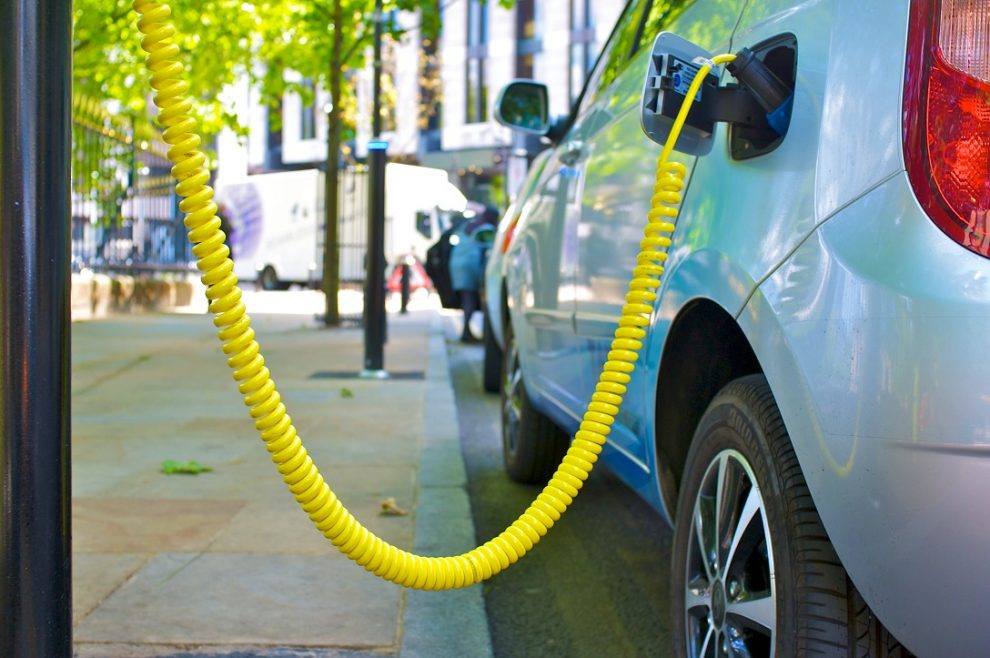In a certain period of time, India is expected to make a stand on the global green mobility market.
India is trying to make green environmental actions by bringing up EV. According to the world economic forum and Ola electric showed up that the Indian automobile industry is one of the most thriving markets globally but it only constitutes 0.5% of the global EV market. In 2018, according to Data Lab by Inc42, India has come to light as the seventh-largest manufacture of commercial vehicles with the sales up to 9.5%.
According to a report, the aftermath of Covid-19 makes the EV market having two and three-wheelers is to be expected about Rs 50,000 crore opportunity in India by 2025. As the Union Minister for Road Transport and Highways Nitin Gadkari said, India is credible to become an EV manufacturing hubby 2025. The government has high expectations by implementing a new plan ‘National Electric Mobility Mission Plan(NEMMP)’ 2020 in 2013 which focuses to make national fuel security by encouraging hybrid and electric vehicles in the country. During the time of Covid -19, our environment has upgraded with lesser emissions from diesel and petrol vehicles. So, for good sustainability, cleaner mobility should be impelled. New technologies are provided in EV’s to enlarge an eco-friendly transport system. The zero-emission vehicles are so cheaper and easy because they have only fewer moving parts than ordinary vehicles.
The three technology support systems like Battery electric vehicle, Hybrid electric vehicle, and Plug-in- electric vehicle have to incorporate in all segments of vehicles. The battery exchange will reduce the problem of charging. Some of the technology-driven trends are electrification, shared mobility and connectivity ushered the industry. The most important challenge faced by the EV market is Lithium-ion batteries that may cover up to 70% of the cost of the vehicle. India has got only very limited Lithium-ion batteries. The second most important challenge is to supply renewable energy to the charging stations which takes about 6 to 8 hours as we have to steer clear of fossil fuel-generated energy. The report states that e- rickshaw has come up as a large market in India in a short period of time. By 2024-25, 40% of e- rickshaw market is awaited to be lithium-ion based. The Indian electric vehicle ecosystem provides accurate information for the division are batteries, propulsion type, charger type, separator, and region. The main purpose of this market is to explore the electric vehicle ecosystem market outlook with regard to the elements directing the market, trends, and technological enhancements. As the petrol and diesel prices hit the peak, the demand for the single battery for EV’s rises. So the customers come at a pace to reduce the use of fossil fuel and took over biofuels and batteries.
Image Credit: National Grid














Add Comment